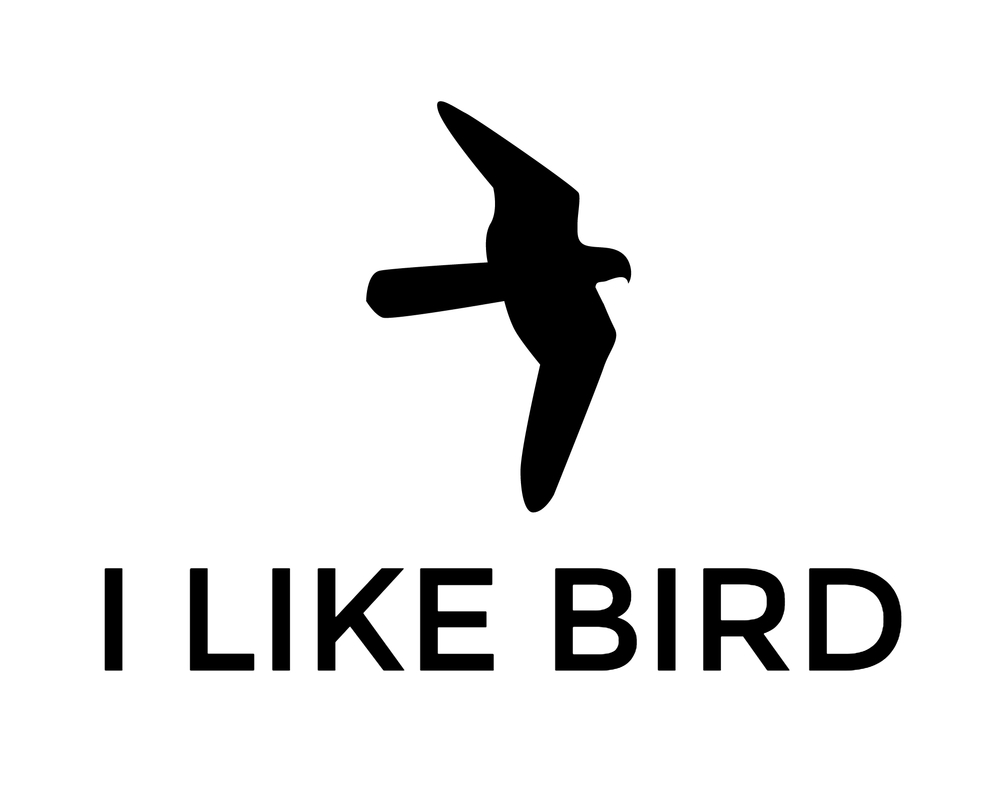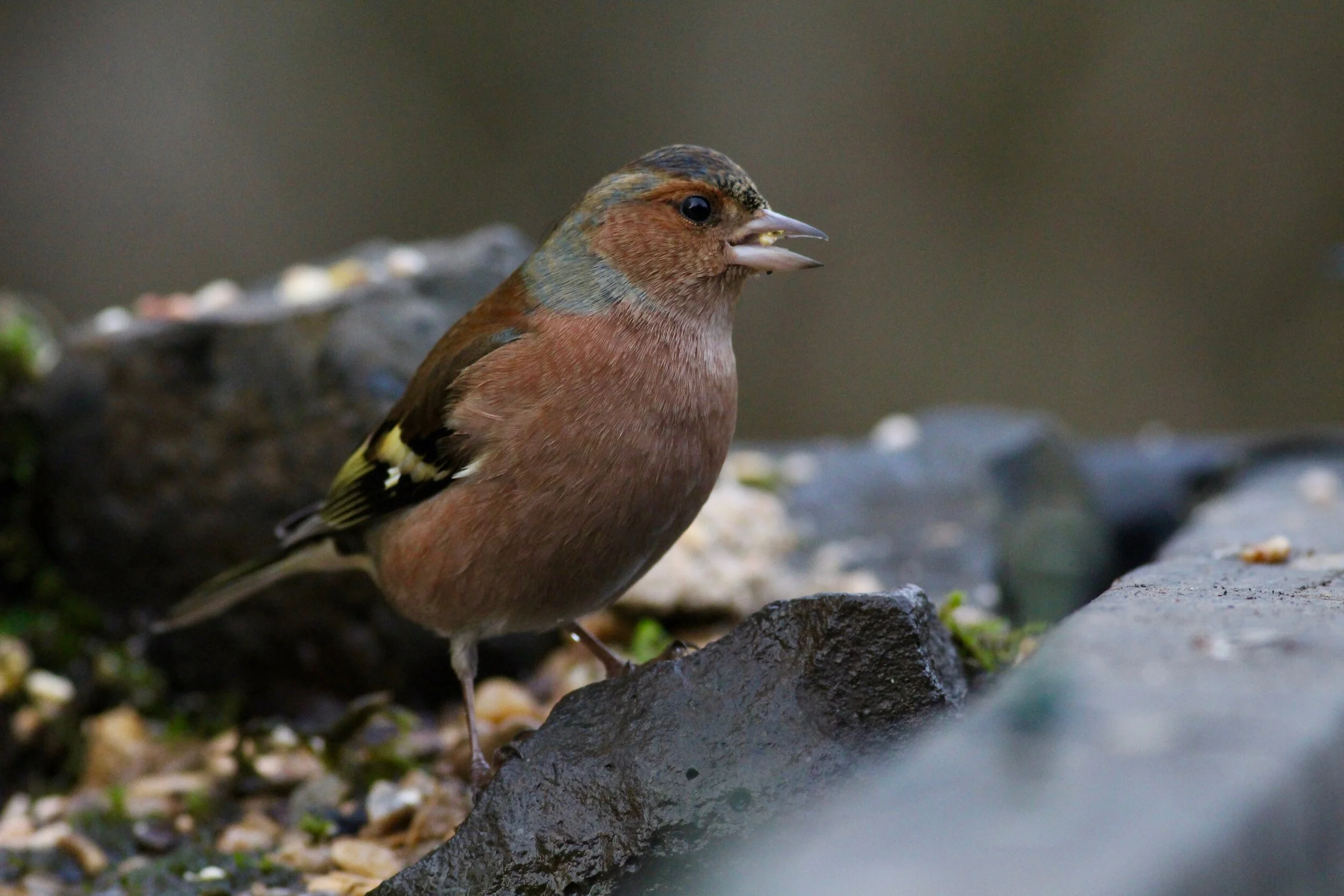Many species of farmland bird are in serious trouble.
Crops are now coated with pesticides, farm hedges have made way for fences, and devastating modern machinery have caused chaos for the likes of turtle doves, yellowhammers and skylarks.
According to The Conversation journal, the insects these birds eat have also declined. With fewer habitats and less food, the UK’s turtle dove population has fallen by 98% since 1970 while grey partridge numbers are down by 91% on 1967 levels. Swallow populations are holding up, but fluctuate from year to year.
So what can we do to help?
Ponds are a magnet for insects in the increasingly bare landscapes of intensive farmland.
When midges, mayflies and dragonflies hatch and emerge from the water, they fly up to create what is known as an “insect chimney” – a beacon for birds.
In a recent study, experts compared the number of insects caught from restored ponds with those emerging from abandoned ponds of a similar age.
There were over 18 times more insects emerging from restored ponds compared to those that hadn’t been restored. The mass of insects hatching from the restored ponds was 25 times greater.
So start start cutting back that overgrown vegetation from your old pond or simply dig a new one. You could help stop certain bird species from going extinct!

